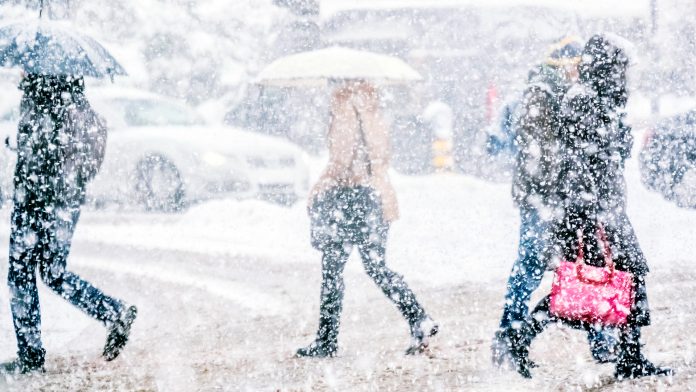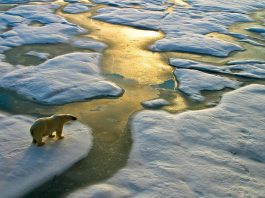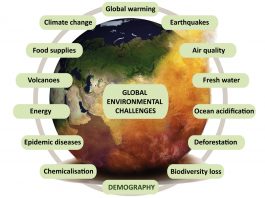A new research project led by researchers at the Universities of Bristol, Exeter, and Bath suggests that sudden stratospheric warming will occur this week, resulting in snowstorms and catastrophic weather events.
The stratosphere is the layer of the atmosphere around 10-50km above the Earth’s surface. Sudden stratospheric warming events are some of the most extreme atmospheric phenomena and can see polar stratospheric temperature increase by up to 50°C over the course of a few days. Such events can bring very cold weather, which often results in snowstorms.
In 2018, sudden stratospheric warming resulted in the infamous ‘Beast from the East’ cold wave. The disturbance in the stratosphere can be transmitted downward and if this continues to the Earth’s surface, there can be a shift in the jet stream, leading to unusually cold weather across Europe and Northern Asia. It can take a number of weeks for the signal to reach the surface, or the process may only take a few days.
Mapping the last 60 years of stratospheric warming
The study, published in the Journal of Geophysical Research and funded by the Natural Environment Research Council (NERC), involved the analysis of 40 observed sudden stratospheric warming events which occurred over the last 60 years. Researchers developed a novel method for tracking the signal of a sudden stratospheric warming downward from its onset in the stratosphere to the surface.
Lead author of the study, Dr Richard Hall, said there was an increased chance of extreme cold, and potentially snow, over the next week or two. Hall added: “While an extreme cold weather event is not a certainty, around two thirds of sudden stratospheric warmings have a significant impact on surface weather. What’s more, today’s sudden stratospheric warming is potentially the most dangerous kind, where the polar vortex splits into two smaller “child” vortices.”
Dr William Seviour, senior lecturer at the Department of Mathematics and Global Systems Institute, University of Exeter, and co-author of the study, said: “Our study quantifies for the first time the probabilities of when we might expect extreme surface weather following a sudden stratospheric warming (SSW) event. These vary widely, but importantly the impacts appear faster and stronger following events in which the stratospheric polar vortex splits in two, as is predicted in the currently unfolding event. Despite this advance many questions remain as to the mechanisms causing these dramatic events, and how they can influence the surface, and so this is an exciting and important area for future research.”





